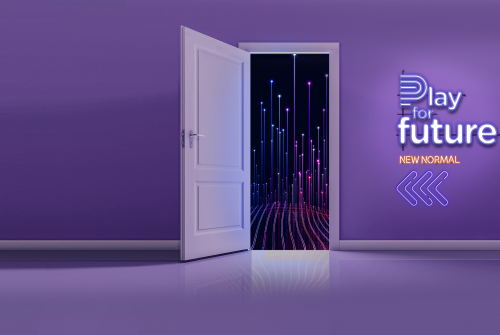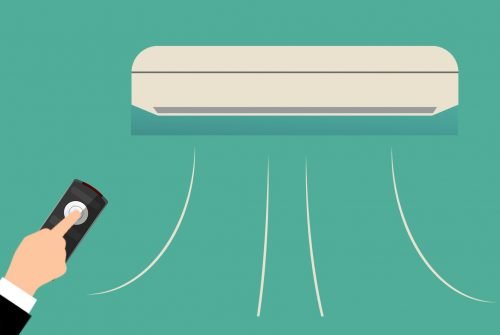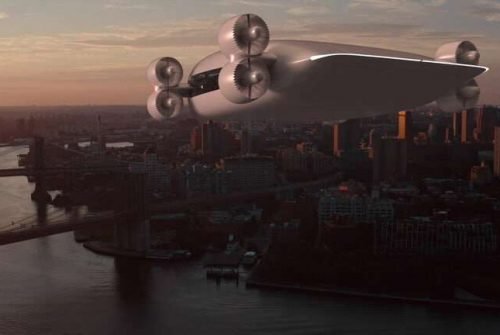Space biology: towards work on celestial bodies
28 February 2019 | Written by La redazione
The Scuola Superiore Sant'Anna is hosting the first course in Italy of "Space Biology, organized in collaboration with the European Space Agency

“When I grow up I want to be an astronaut”. Space has always fascinated young and old and working “among the stars” is a dream of many youngsters. However, the sector does not require only astronauts. For the progress of scientific research and our knowledge of the universe, we need very different professional skills: from the engineer who designs the technology to the biologist who analyzes the data coming from the different missions, up to the nutritionist who studies the best nutrition for those who undertake long trips in orbit. In addition, in the future space professions are destined to increase: the space agencies of the world are aiming at exploration missions of ever-increasing duration and the idea of colonizing other planets is no longer only science fiction. With these premises, the Scuola Superiore Sant’Anna is hosting the first course in Italy of “Space Biology”, organized in collaboration with ESA, the European Space Agency.
The course, a cycle of five events, began last February 20th, with the lecture of the researcher in Biology at the Institute of Life Sciences of the Sant’Anna School of Advanced Studies, Debora Angeloni. The ESA astronaut Paolo Nespoli was an exceptional lecturer in the series of meetings. In his speech on 26 February, he offered a preliminary review of the results of the experiments he conducted on the International Space Station, as part of the mission. Life of 2017.
Prepare for the space missions of the future. The effort of the space agencies is increasing to allow the man to plan long-lasting exploration missions and to start the human “colonization” of space. To make this possible, however, it is important to understand how to counteract the harmful effects of the various adverse environmental factors that accompany man’s flight in space. In this sense, basic biomedical research has and will increasingly play an important role in helping to make the artificial environment, where space explorers have to move, increasingly suited to their vital and operational needs. Moreover, space research has allowed us to find solutions also for problems of life on Earth: “It is important to underline – explained Debora Angeloni on the Sant’Anna School website – that facing this huge challenge has already yielded important technological and biomedical innovations that they accompany us in the earthly daily, improving our life and our security “.
The works of space, the Earth is not so different. “Already today the space research needs of scholars of many different sectors – explained to us Hady Ghassabian, suborbital astronaut and Ambassador Impactscool -. The data that, for example, are sent to us by Mars landers, designed by aerospace engineers, are then analyzed by chemists, physicists, biologists, geologists “. A principle very similar to that put in place for research on Earth and these similarities, from a future perspective, can only increase: “We think of the exploratory missions of the past on our planet – continues Hady -. After a first trip, which aimed to discover new territories and their characteristics, farmers, breeders, doctors and builders went to the “new lands”. We can apply the same principle for future space missions and colonies. With the passing of the years and scientific progress, moreover, new works will be born, that today we can only try to imagine “.
“Obviously not everyone can go into space, – concluded Hady – need specific and accurate training and certifications, but at the level of professionalism necessary, especially in the future, the situation is much more similar to that of Earth than we use to imagine”.





